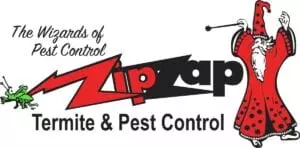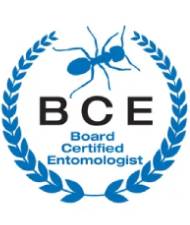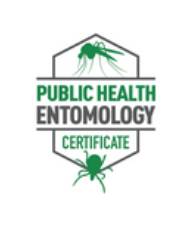How Much for Pest Control?

Unpacking the Costs and Benefits of Pest Control
The question of how much for pest control pops up like an uninvited ant at a picnic. It’s a fair question, but the answer? Well, it depends. Pest control isn’t a one-size-fits-all service, and the cost hinges on various factors, each with its own quirks and considerations. In this article, we’ll dive deep into why the price of pest control varies, explore the specifics of different services, and flip the script to show why the real question isn’t about cost but about the value of professional pest control. Buckle up for an informative, descriptive, and (hopefully) entertaining ride through the world of pest management.
Why “How Much for Pest Control” Isn’t a Simple Question
At first glance, How much for pest control sounds like a straightforward query, like asking the price of a latte. But pest control is more like ordering a custom-built house—it depends on the size, materials, and whether you want a basic model or a mansion with a moat. The cost is shaped by the type of pest, the scope of the problem, the treatment plan, and even your location. Let’s break it down with some key questions to understand why this matters.
1. Is This for General Pest Control?
The Question: Are you looking for a catch-all solution to keep creepy crawlies at bay, or is there a specific pest wreaking havoc?
Why It Matters: General pest control is like a buffet—it covers a broad range of common pests like ants, spiders, and cockroaches in one go. It’s typically more affordable because it uses preventative measures, like spraying barriers or setting traps, to stop infestations before they start. According to industry data, the average cost for general pest control in the U.S. ranges from $100 to $300 per visit, depending on the size of your home and the frequency of service.
Insight: General pest control is the unsung hero of pest management. It’s proactive, not reactive, which saves you from the panic of waking up to an ant parade across your kitchen counter. Think of it as a gym membership for your home—regular maintenance keeps things in check. If you’re in a pest-prone area (looking at you, humid southern states), this service is a no-brainer. My take? It’s worth every penny to avoid the mental gymnastics of wondering whether that shadow in the corner is a spider or a stray sock.
2. Is This a One-Time Service or a Recurring Program?
The Question: Are you calling in the pros for a one-and-done extermination, or do you want ongoing protection?
Why It Matters: A one-time service is like a Band-Aid—it fixes the immediate problem but might not prevent future invasions. These treatments typically cost $150 to $1500, depending on the pest and severity. For example, a single bed bug treatment could hit the higher end due to the labor-intensive process of heat treatments or chemical applications. On the other hand, a recurring program (monthly, quarterly, or annually) bundles multiple treatments into a plan, often ranging from $40 to $100 per month. These programs are designed to keep pests at bay year-round, addressing seasonal spikes like ant invasions in spring or rodent scurries in winter.
Insight: One-time services are tempting if you’re pinching pennies, but they’re a short-term fix. Recurring programs are the long game, offering peace of mind and often including perks like free follow-ups if pests dare to return. I’m a fan of the subscription model here—it’s like Netflix for pest control. You pay a little each month to keep the drama (and the bugs) out of your life. Plus, many companies offer discounts for annual contracts, which can save you 10-20% over time.
3. Which Pest Are You Trying to Treat?
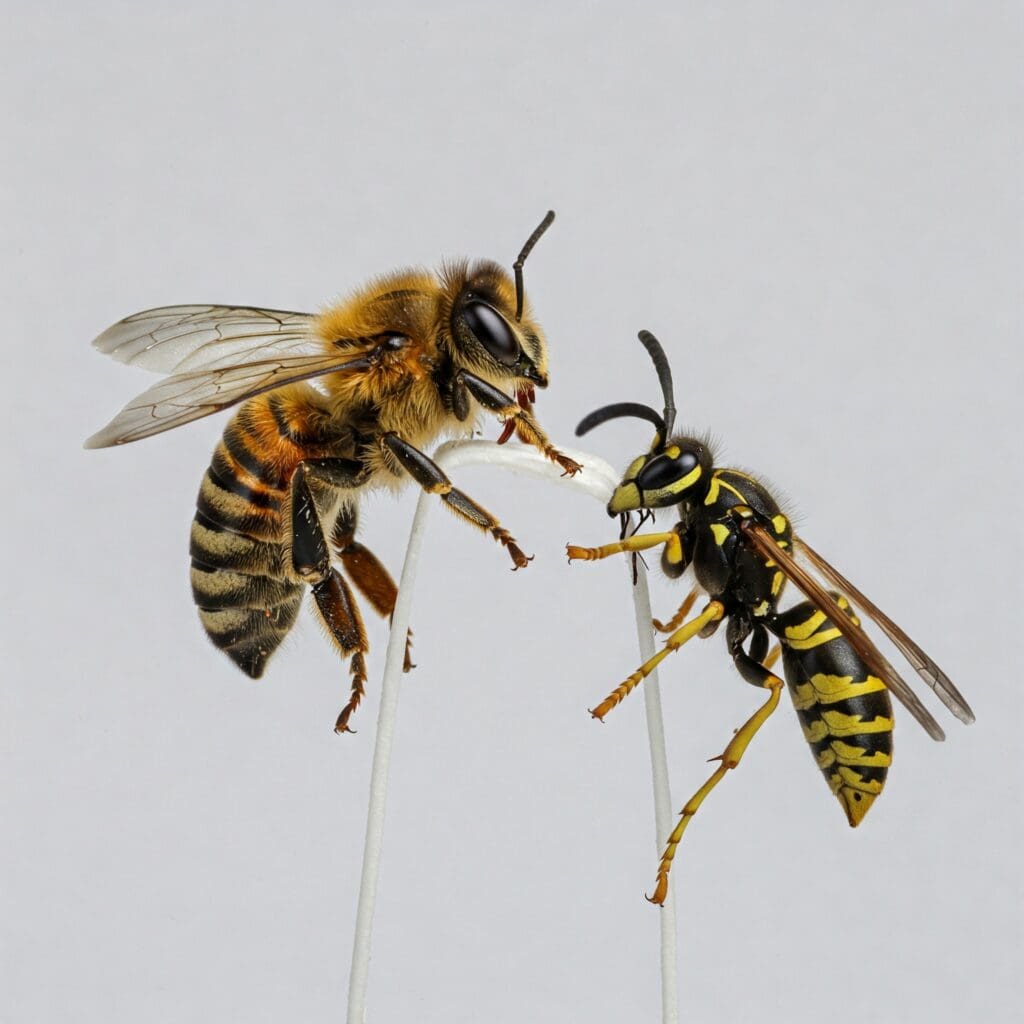

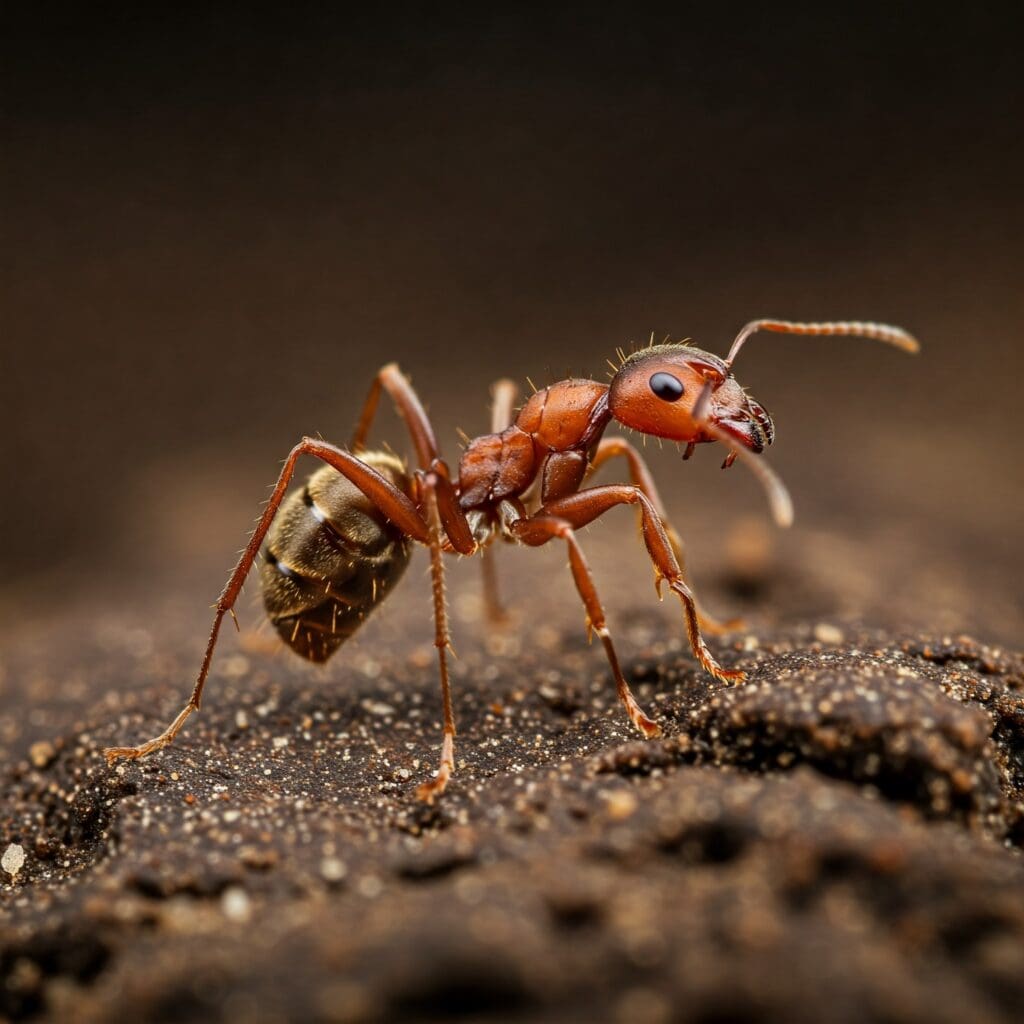
The Question: What’s the culprit? Bed bugs? Spiders? German cockroaches? Brown recluse spiders? Ants?
Why It Matters: Not all pests are created equal, and some are downright divas when it comes to extermination. Here’s a quick rundown of common pests and their treatment costs:
- Bed Bugs: These bloodsucking nightmares are the rock stars of pest management. A single treatment can cost $500 to $1,500. This is due to their resilience and the need for specialized methods like heat or chemical treatments. Multiple visits are often required.
- Spiders (General): Most spiders are harmless and fall under general pest control ($100-$300). But if you’re dealing with dangerous brown recluse spiders, targeted treatments may cost $200-$800. This is due to their venomous nature and sneaky hiding spots.
- German Cockroaches: These prolific breeders require intensive treatments, costing $200-$700. Their rapid reproduction means pros must hit every nook and cranny.
- Ants: They are usually covered under general pest control ($100-$300). But severe infestations (like fire ants) may need specialized baits or treatments, pushing costs to $200-$600.
Insight: The pest type matters because it dictates the tools, time, and expertise needed. Bed bugs, for example, are like the Houdinis of pests—hard to kill and harder to find. Brown recluse spiders are dangerous, so pros take extra precautions, which bumps up the price. German cockroaches? They’re like a bad reality show—everywhere and impossible to get rid of without serious intervention. Ants are usually the least of your worries, but don’t underestimate them; a colony can have thousands of members plotting their next kitchen takeover. My advice? Don’t DIY these problems. Store-bought traps might save you a few bucks, but they often fail to address the root issue, leaving you back at square one.
4. Are You Looking for a Comprehensive Program?
The Question: Do you want a one-off treatment or a bundled plan covering multiple pests, such as termites, mosquitoes, spiders, ants, cockroaches, rodents, moles, voles, and even yard treatments for fleas and ticks?
Why It Matters: Comprehensive pest control programs are like an all-inclusive vacation for your home. They cover a wide range of pests. Which often include seasonal treatments, like mosquito sprays in summer or rodent baiting in fall. These plans can cost $500 to $2,000 annually. Depending on the pests included and whether yard treatments for fleas and ticks are part of the package. Termite treatments alone can range from $800 to $3,000 for a full-home treatment, while mosquito control might add $100-$900 per season.
Insight: Bundled programs are a smart investment if you live in an area with diverse pest pressures (think rural or suburban homes with yards). Fleas and ticks, for instance, aren’t just a pet problem—they can carry diseases like Lyme disease, making yard treatments a health priority. Termites are silent destroyers, capable of causing thousands in structural damage, so including them in a plan is a no-brainer for homeowners. Mosquitoes? They’re not just annoying; they spread diseases like West Nile virus.
My take: These programs are like insurance—you pay upfront to avoid catastrophic costs later. Plus, the convenience of having one company handle everything is a game-changer.
Flipping the Script on How Much for Pest Control
Flipping the Script: It’s Not About Cost, It’s About Value
Now that we’ve dissected the how much for pest control question, let’s spin it. The real conversation isn’t about dollars and cents—it’s about the benefits of professional pest control. Here’s why investing in the pros is worth every penny:
- Peace of Mind: There’s nothing like knowing your home is a pest-free sanctuary. Professional pest control takes the stress out of wondering whether that rustling in the walls is a mouse or your imagination.
- Health Protection: Pests aren’t just gross—they’re health hazards. Cockroaches can trigger asthma, rodents spread hantavirus, and ticks carry Lyme disease. Pros use safe, targeted treatments to keep your family safe.
- Property Preservation: Termites, carpenter ants, and rodents can chew through your home’s structure, costing thousands in repairs. Early intervention by professionals stops damage before it starts.
- Time Savings: DIY pest control is a time suck—hours spent researching, buying products, and setting traps, only to have pests return. Pros get it right the first time, freeing you up for, well, anything else.
- Expertise: Pest control techs are like the Sherlock Holmes of bugs. They know where pests hide, how they behave, and the best ways to eliminate them. You’re not just paying for a service—you’re paying for knowledge.
Insight: The cost of pest control is an investment in your home, health, and sanity. I’ve seen friends try to skimp with DIY solutions, only to end up calling the pros after weeks of frustration. Pests are relentless, and professionals have the tools and know-how to outsmart them.
In Conclusion
Conclusion: Ask the Right Question
The next time you’re tempted to ask how much for pest control, pause and consider what you’re really after: a pest-free home, a healthier family, and a property that’s protected from damage. The cost depends on factors like the type of pest, the scope of service, and whether you want a one-time fix or ongoing protection. But the value of professional pest control? That’s priceless.
Whether it’s banishing bed bugs, stopping spiders, or keeping your yard flea-free, pest control pros deliver results that DIY can’t match. So, don’t just ask about price—ask about the peace of mind that comes with a pest-free life. Your home (and your sanity) will thank you.
Got pests? Don’t wait for them to throw a party in your pantry. Contact ZipZap Termite & Pest Control today and take back your home!

Jeffery Preece, BCE, PHE
Jeffery Preece is the Owner and Technical Director of ZipZap Termite & Pest Control
